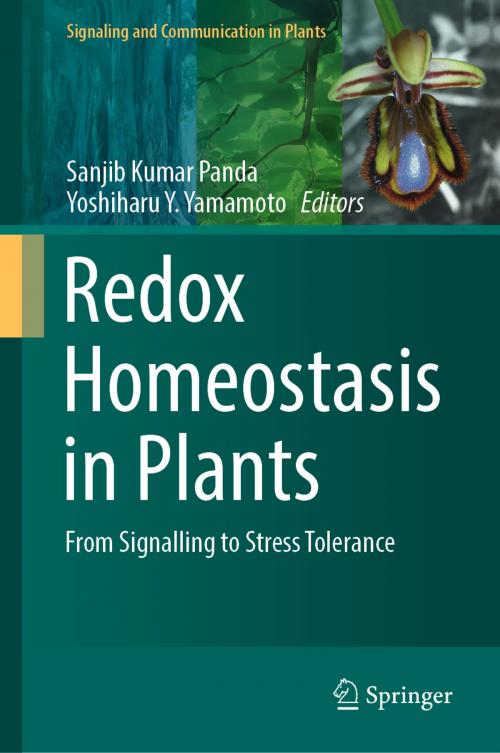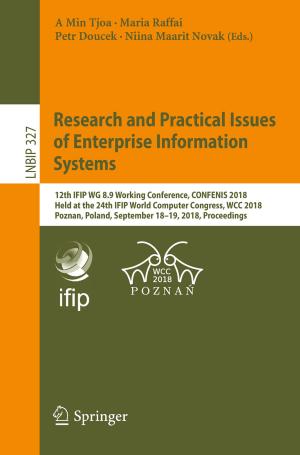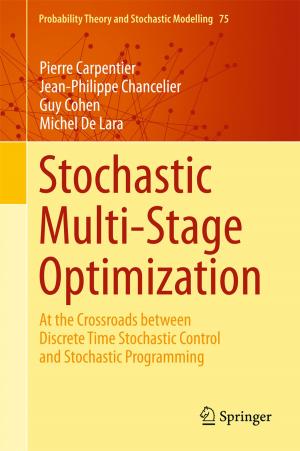Redox Homeostasis in Plants
From Signalling to Stress Tolerance
Nonfiction, Science & Nature, Science, Biological Sciences, Biochemistry, Botany| Author: | ISBN: | 9783319953151 | |
| Publisher: | Springer International Publishing | Publication: | April 23, 2019 |
| Imprint: | Springer | Language: | English |
| Author: | |
| ISBN: | 9783319953151 |
| Publisher: | Springer International Publishing |
| Publication: | April 23, 2019 |
| Imprint: | Springer |
| Language: | English |
This book summarizes the latest research results on the role of reactive oxygen species (ROS) in plants, particularly in many abiotic stresses, and their regulation. Redox homeostasis refers to maintaining a balance of oxidised and reduced state of biomolecules in a biological system for all-round sustenance. In a living system, redox reactions contribute to the generation of reactive oxygen species (ROS), which act as signalling molecules for developmental as well as stress-response processes in plants. It is presumed that, being sessile and an aerobe requiring oxygen for mitochondrial energy production, as well as producing oxygen during photosynthesis, the redox homeostasis process is more complex and regulated in plants than in animals. Any imbalance in the homeostasis is mainly compensated for by the production of various ROS molecules, which, though they can cause severe oxidative damage in excess, can also ideally act as signalling molecules.
This book summarizes the latest research results on the role of reactive oxygen species (ROS) in plants, particularly in many abiotic stresses, and their regulation. Redox homeostasis refers to maintaining a balance of oxidised and reduced state of biomolecules in a biological system for all-round sustenance. In a living system, redox reactions contribute to the generation of reactive oxygen species (ROS), which act as signalling molecules for developmental as well as stress-response processes in plants. It is presumed that, being sessile and an aerobe requiring oxygen for mitochondrial energy production, as well as producing oxygen during photosynthesis, the redox homeostasis process is more complex and regulated in plants than in animals. Any imbalance in the homeostasis is mainly compensated for by the production of various ROS molecules, which, though they can cause severe oxidative damage in excess, can also ideally act as signalling molecules.















